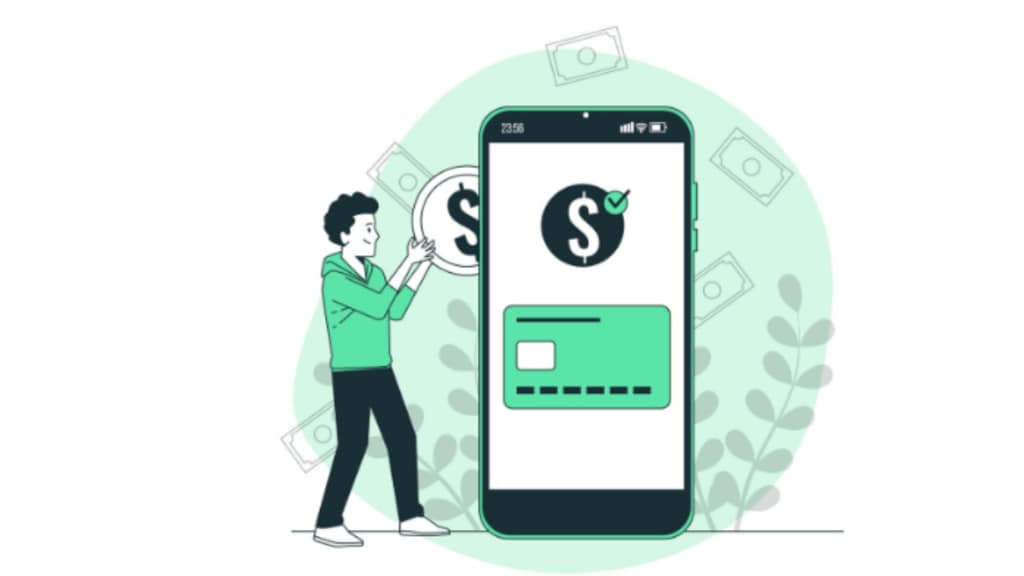For Akash Sinha, the story of building Cashfree Payments was more than just about innovation and execution — it was about being in the right place at the right time. Recalling the pivotal early days when he set out to build a full-stack payments company, Sinha says, “You can have the best product or service, but if timing is not in your favour, then it is difficult to be successful.”
For Sinha and his co-founder, Reeju Datta, the stars aligned in 2015, when India’s online payments industry was just starting to take off on the back of unprecedented market momentum. “During these years, the overall industry was growing thanks to UPI, demonetisation and a lot other things”, he says.
Born and raised in a small town in Jharkhand, Sinha credits IIIT Hyderabad for acquiring most of the skills he applied at Cashfree — “building front-end, back-end, and understanding how to take an idea from zero to one”.
After graduation, Sinha cut his teeth in the fintech space at BankBazaar and later at Amazon.
His stint at Amazon helped him interpret metrics, understand user behaviour, and broadly decipher what drives growth at scale. “At Amazon, I learned to read the health of a company through numbers, which is a crucial skill for any entrepreneur,” he explains.
In 2015, with about three years of industry experience, Sinha made the leap to entrepreneurship, but not blindly. “The biggest motivator was learning, not just success.”
Before quitting his job, he and his co-founder Dutta, whom he met through a mutual friend, spent months brainstorming multiple ideas, but fintech, specifically payments, resonated strongly.
The spark came from a long-standing problem faced by restaurants offering home deliveries.
Cash-on-delivery orders were riddled with inefficiencies such as delivery personnel waiting for change and customers lacking exact cash, etc.
This insight led to Cashfree’s initial product, where it sent a digital payment link via SMS to customers placing phone orders with restaurants, enabling instant payment. The first prototype was built and launched within two months of starting the company.
The initial customers were offline restaurants in Bengaluru heavily reliant on phone orders. Within six months, Cashfree had onboarded approximately 300 merchants.
Soon, the firm moved from solving payment issues for offline restaurant deliveries to solving payments issues in online orders for firms such as Faasos, who had their own app for ordering. They, too, were facing high payment failure rates. “This is where we got exposed to online payments industry,” Sinha recalls.
As Cashfree grew, Sinha and his team discovered a broader, systemic gap in India’s payments ecosystem.
Legacy payment companies, many of which were founded in the mid-2000s, were built for bill payments or early e-commerce but were ill-equipped for the rapid rise of internet-first, hyperlocal businesses. For example, event platforms struggled with slow money flows from customers to sellers, hampering ticket issuance.
Existing players handled customer-to-platform payments but failed to enable platform-to-seller disbursals efficiently.
“We realised that new business models needed a new kind of payment infrastructure — one that could handle end-to-end payment flows,” Sinha says. This insight led Cashfree to evolve from a simple payment link provider into a full-stack payments company, offering solutions for collections, disbursals, and banking APIs tailored to the needs of digital-first enterprises.
Nearly a decade since its inception, Cashfree Payments is a popular partner for thousands of internet-first firms across India. It now employs more than 750 people and its topline is about to touch ` 1,000 crore.
While the company turned profitable as early as 2018, and maintained profitability for four consecutive years, in the past two years, it paused profit-making to focus heavily on research, development and scaling operations. “Now that the rewards are coming back, I think very soon we’ll be back to profitability,” Sinha adds.
In the last financial year, the firm saw significant business growth, with transaction volumes increasing more than threefold across diverse sectors. For context, Cashfree Payments’ revenue from operations increased only 4.7% to 642.7 crore in FY24, while losses remained largely flat at 135 crore. The sluggish revenue growth was attributed to a year-long RBI ban on online payment aggregators, including Cashfree, on onboarding new merchants.
“The whole idea was to build a product that makes launching internet business much easier,” Sinha adds.
In the fast-evolving world of payments, Cashfree’s story has just taken off. Earlier this year, it raised $53 million in a funding round led by KRAFTON and existing investor Apis Growth Fund II. This money will be used by the firm to scale new areas such as cross-border payments and prepaid payment instruments such as cards and wallets.
The company now holds three key licences from the RBI: payment aggregator, payment aggregator-cross border, and prepaid payment instrument.


